Clump Spirit
Luīze Nežberte
20/07 – 19/08/2023
Clump Index
Text: Sophia Roxane Rohwetter
In her exhibition “Clump Spirit,” Luīze Nežberte presents a series of steel objects and scanned images that continue her interest in sculptural and spatial techniques of collecting, quoting, and collaging. If Luīze’s practice could be situated somewhere between formal experiments with the object trouvé and the disintegration of authorship through artistic appropriation, it is perhaps best described by the criminal act “theft by finding”. Luīze’s ‘clump spirits’ capture this kleptomaniac yet innocent spirit: these are objects made of a sticky support structure to which lost and found objects adhere to hold each and against each other, thereby transcending themselves and becoming one with the world. The clump spirits thus objectify a primordial, quasi-sublime state in which the integrity of the self is lost, a sense of boundless eternity, an oceanic feeling.
In the spirit of the clump spirit, this text clings to another text, that is, Anne Boyer’s “Handbook of Disappointed Fate” and her prose poem “Crush Index” that lists, among other crushes, a tableau vivant of former crushes, subcategories of the never-to-be lover-crushes, species of crushes such as the crush of proximity and the crush of lack of proximity. The clump, is, like the crush, often too close to what it desires, and what it desires is often nothing more than a contingent object that it encounters on its way to somewhere else. IT IS EASY TO GO FROM BEING CRUSHED TO BEING CLUMPED, IT’S AS EASY AS TAKING YOUR HAND.
- Notes toward a theory of the clump spirit, Phenomenology of the Clump Spirit, ma vie en clump.
- Self-portrait of the clump spirit as Sigmund Freud: To work with the world of objects was to labor at the site of earliest grief. That was the infant world. What happened, first, is that you encountered a thing and then it felt good or it hurt you. This was how you found the boundaries.1Before there were boundaries, there was a contact with the body of an other felt as one’s own, a feeling of oneness with the external world as a whole, a direct fact of a sense of the eternal, et comme océanique. While the writer and mystic Romain Rolland considered this oceanic sensation to be a religious feeling, his pen pal Sigmund Freud held that the oceanic feeling, if it exists, is a shrunken remnant of an all-encompassing primitive ego feeling from infancy, a boundless narcissism that exists up until the mother ceases breastfeeding. The clump spirit returns to the mother’s lost breast to suck up a last supper.
- Self-portrait of the clump spirit as an appropriation artist and a copying machine, possibly one known as Lutz Bacher: All you have done to form your practice as an artist extended itself outward toward the heavens. Whatever it was you pursued in the arrangement and alteration of objects and environments until this point has been a telescopic extension.2 Perhaps artmaking is an attempt to return to the religious spirit of the oceanic feeling and to extend, through the appropriation and incorporation of objects, outward toward the heavens. The clump spirit artist moves between readymade and object trouvé, picking up objects and concepts off dirty streets and white gallery walls. The clump spirit artist is a gracious thief, an incurable criminal who follows a kleptomaniac desire as a symbolic compensation for an actual or anticipated loss. I like, when, at the end of “Pick Pocket,” the pilferer Michel says to his lover: “Oh, Jeanne, to reach you at last, what a strange path I had to take,” as if kleptomania was a detour on the highway to love.
- Regarding the clump spirits of toxic attachments, these subcategories: the-clump-spirit-of-toxic-attachments of the objects found in your grandfather’s garage that promise no inherited wealth but recall remnants of repressed intergenerational family trauma; the-clump-spirit-of-toxic-attachments of personal possessions that is less an intimate representation of a life lived among things than an archive of the deadly movements of global capital, the-clump-spirit-of-toxic-attachments that teaches that attachment is not always toxic and often less tight than it appears, that the libido is as unstable as it is sticky (Freud calls this “die Klebrigkeit der Libido”).
- Some species of clump spirits: the clump spirit of excessive decadence, the clump spirit of dust and dirty hands, the clump spirit of all the lost objects that once caused and then ended your desire, the clump spirit that sticks too hard, the clump spirit that falls apart, the clump spirit of proximity, the clump spirit of lack of proximity, the clump spirit that floods itself with the vast oceanic tides of the marketplace and false feeling and scripted hellos and the aerosolized and the ambulatory and shipping containers and social practice and smile scanners3, the clump spirit that leads with detachment and ends with adhesion, the clump spirit that leads with adhesion and ends with detachment, the clump spirit that feels like it isn’t enough, the clump spirit of the heaviness of the feeling of the too-muchness of the world, such as the heavy feeling of the too-muchness of asphalt, or of amphitheaters, soda bottles, modular furniture, or orange traffic cones4, the clump spirit of fighting spirits.
- If the world beyond the crush moves somewhere between romantic love and armed cells, the world beyond the clump spirit is the clump spirit itself. We can’t go three hours without encountering obstacles in our backs. We move within repulsing and adhesive bodies whose sensations constantly draw us toward other bodies, also repulsing and adhesive.5
1 Anne Boyer, A Handbook of Disappointed Fate, p. 145.
2 Anne Boyer, A Handbook of Disappointed Fate, p. 148f.
3 Anne Boyer, A Handbook of Disappointed Fate, p. 214.
4 Anne Boyer, A Handbook of Disappointed Fate, p. 136.
5 Anne Boyer, A Handbook of Disappointed Fate, p. 105.
Luīze Nežberte (b. 1998 in Riga, Latvia) lives and works in Vienna, Austria.
Support: VKKF, Rīgas dome
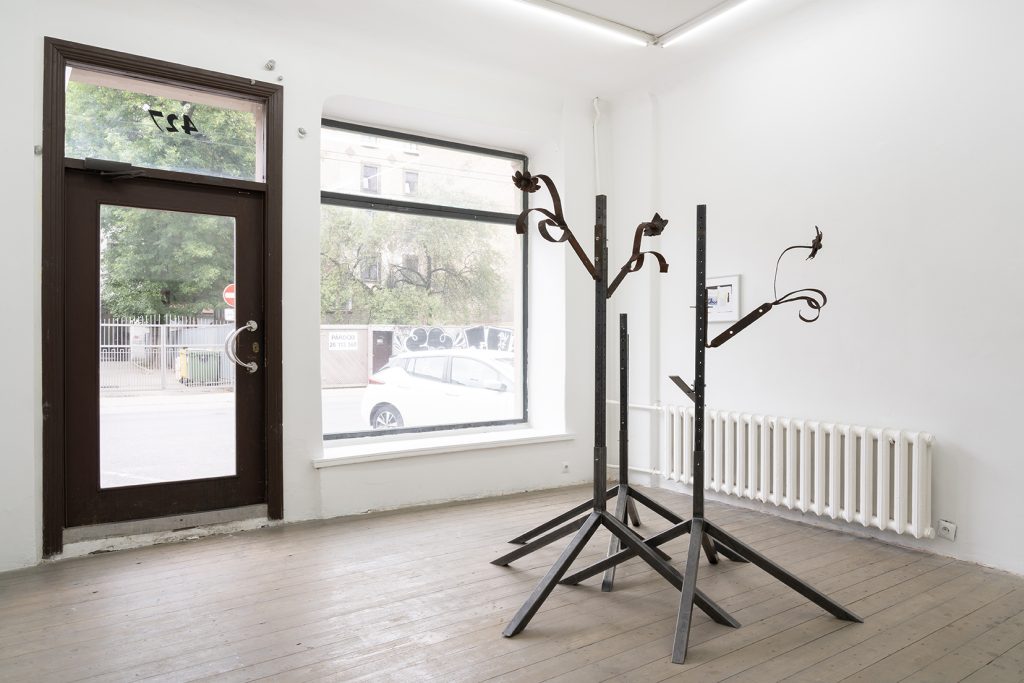
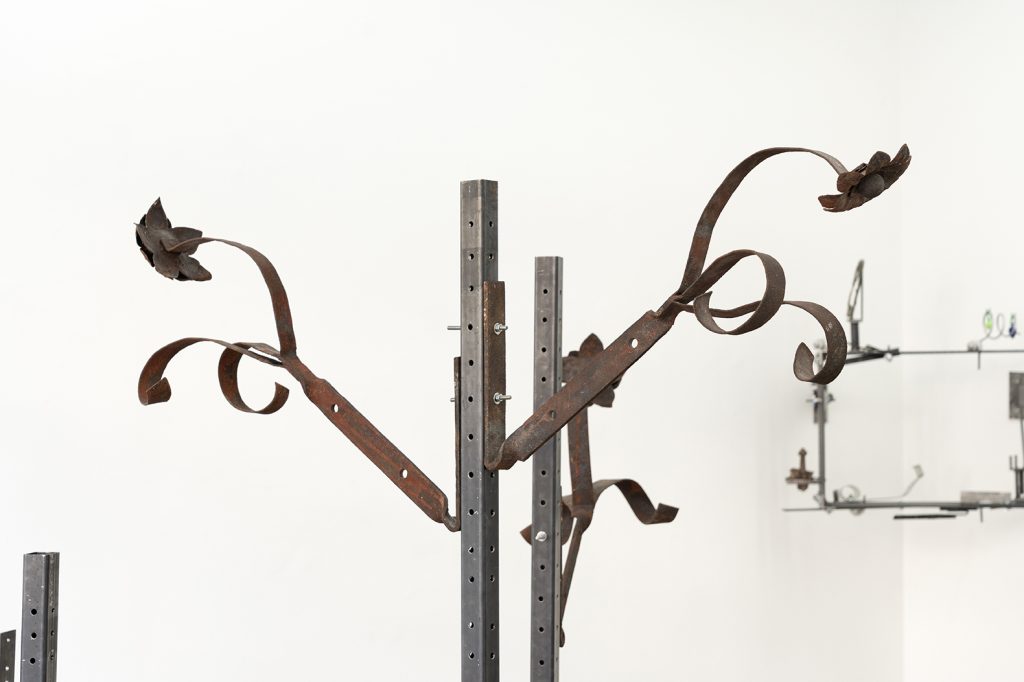
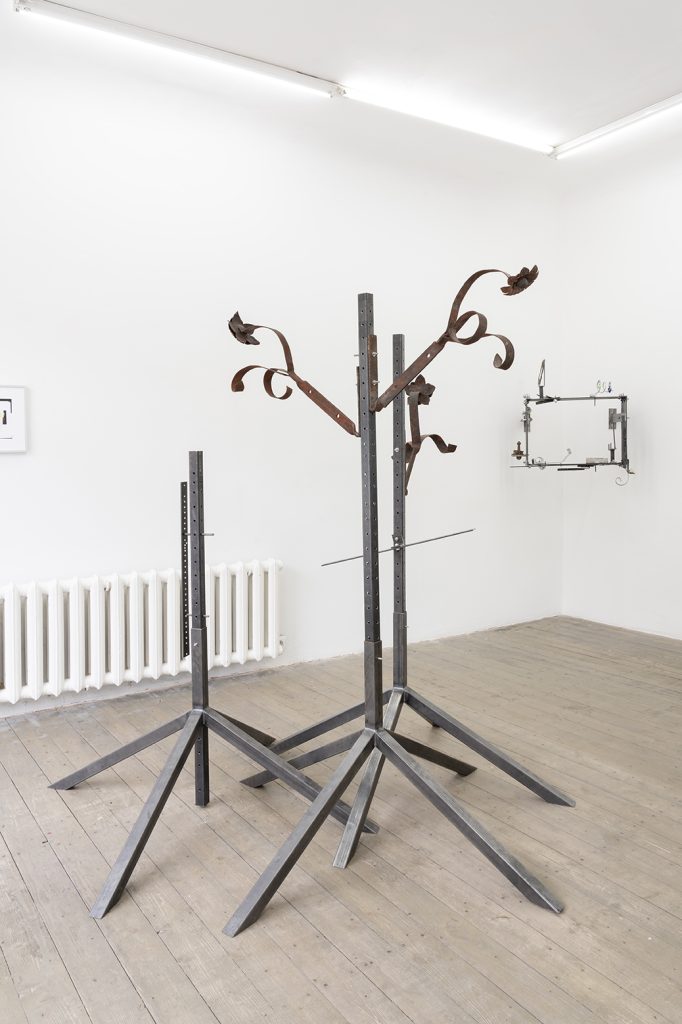
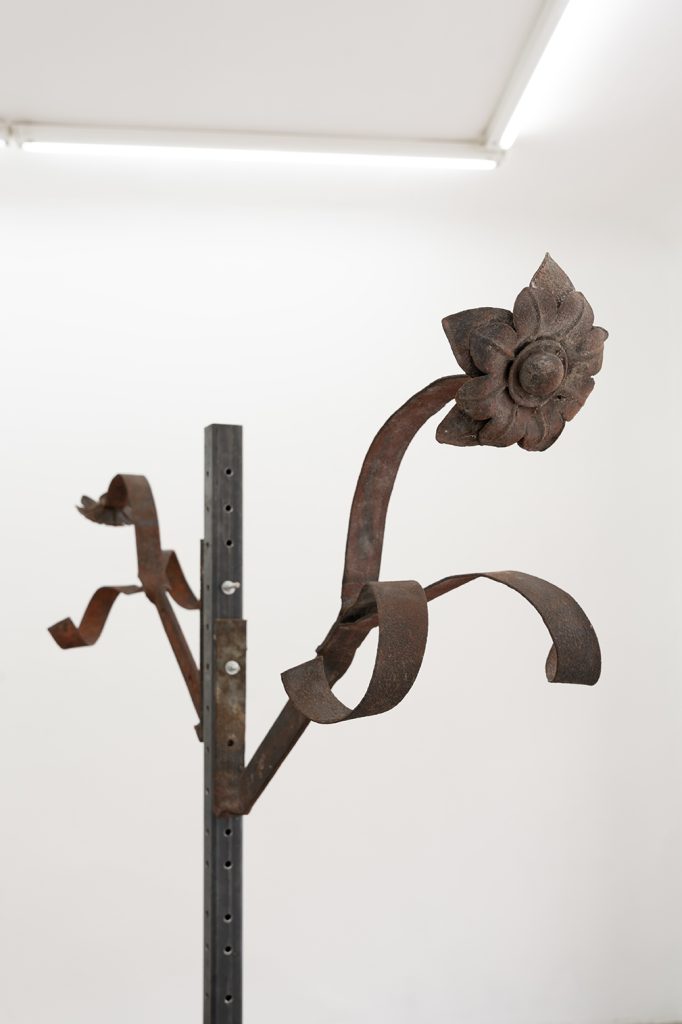
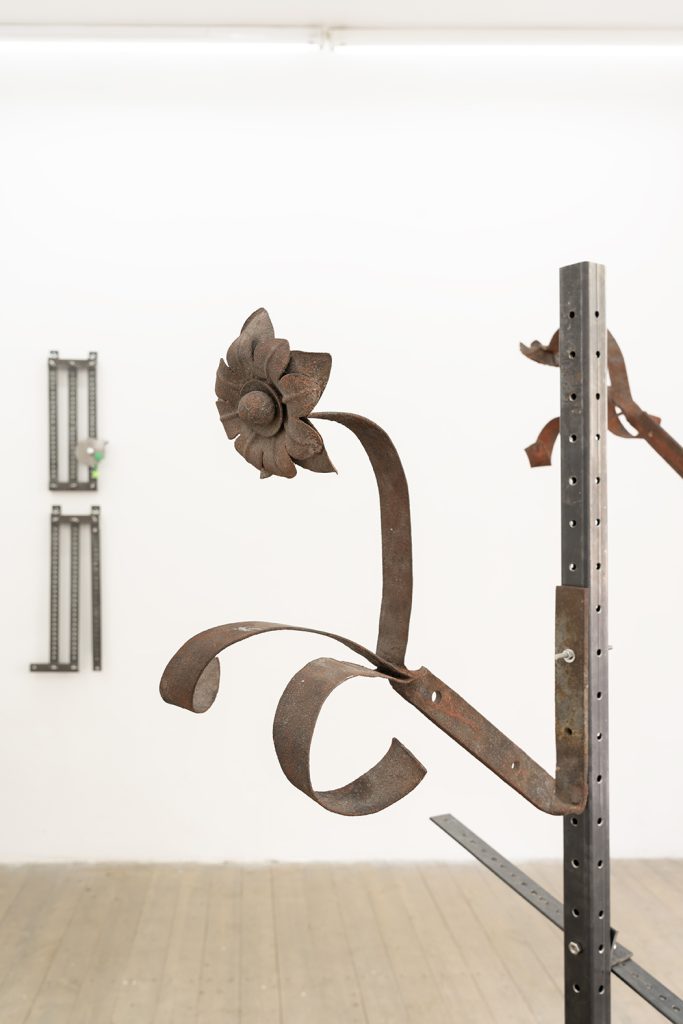
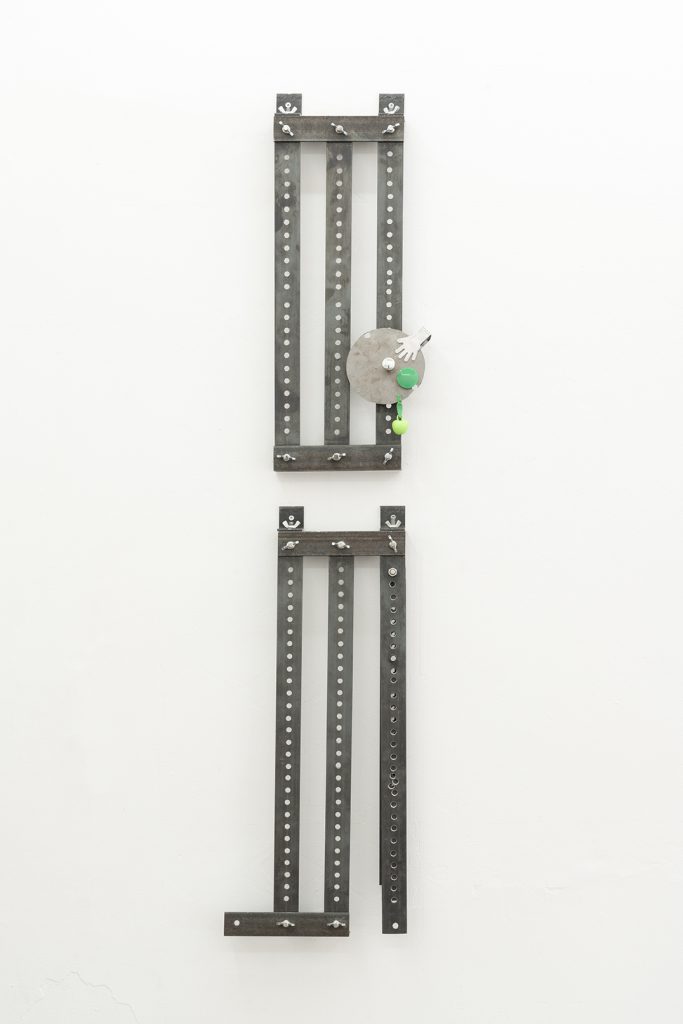
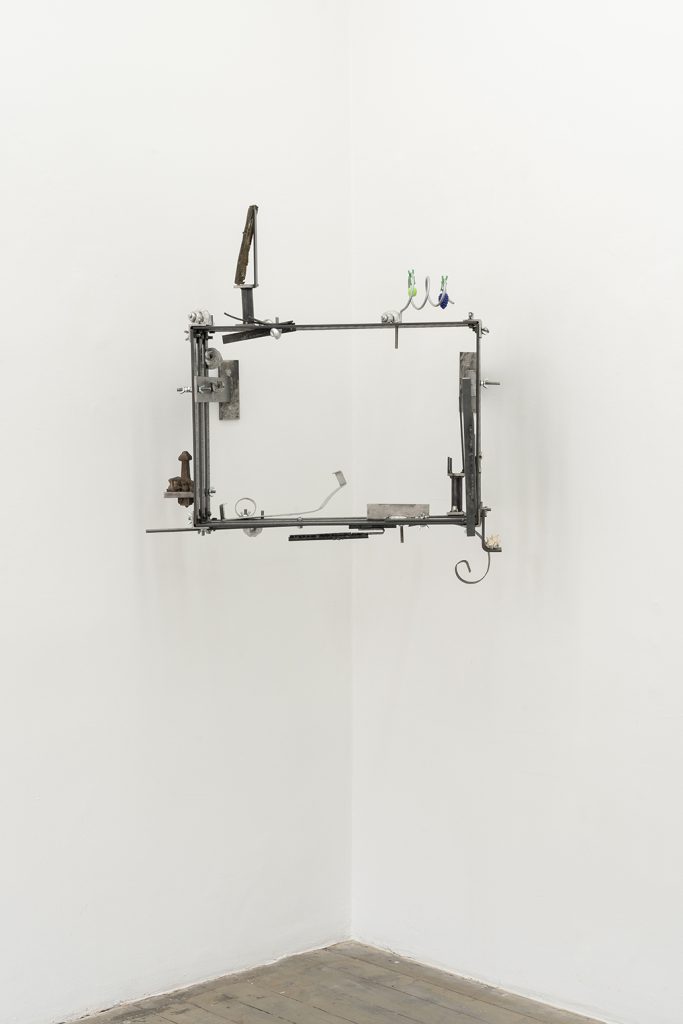
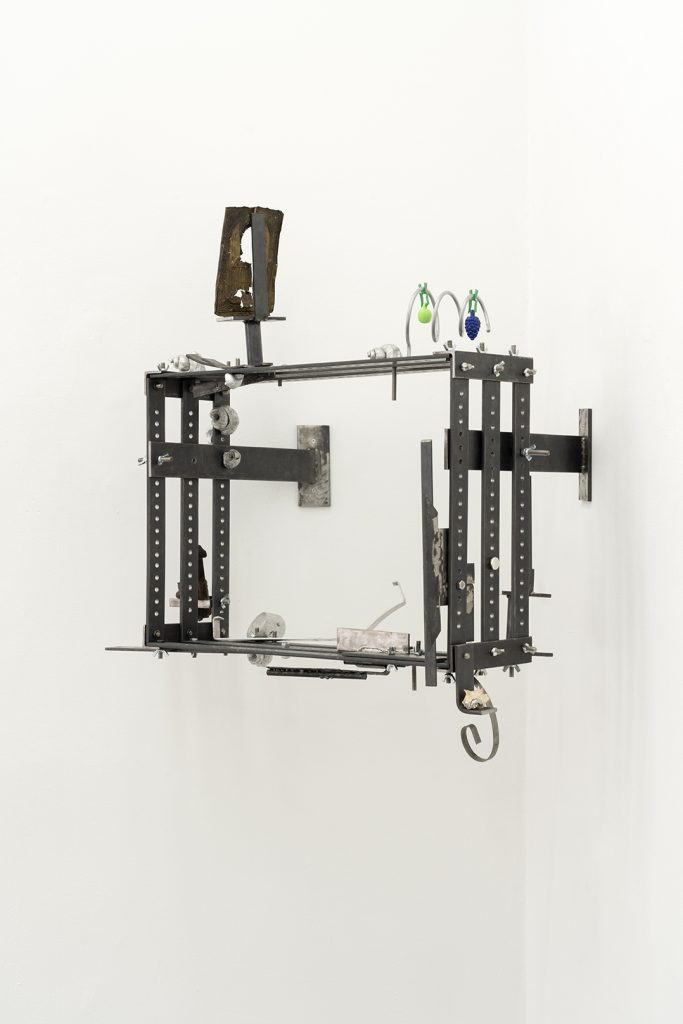
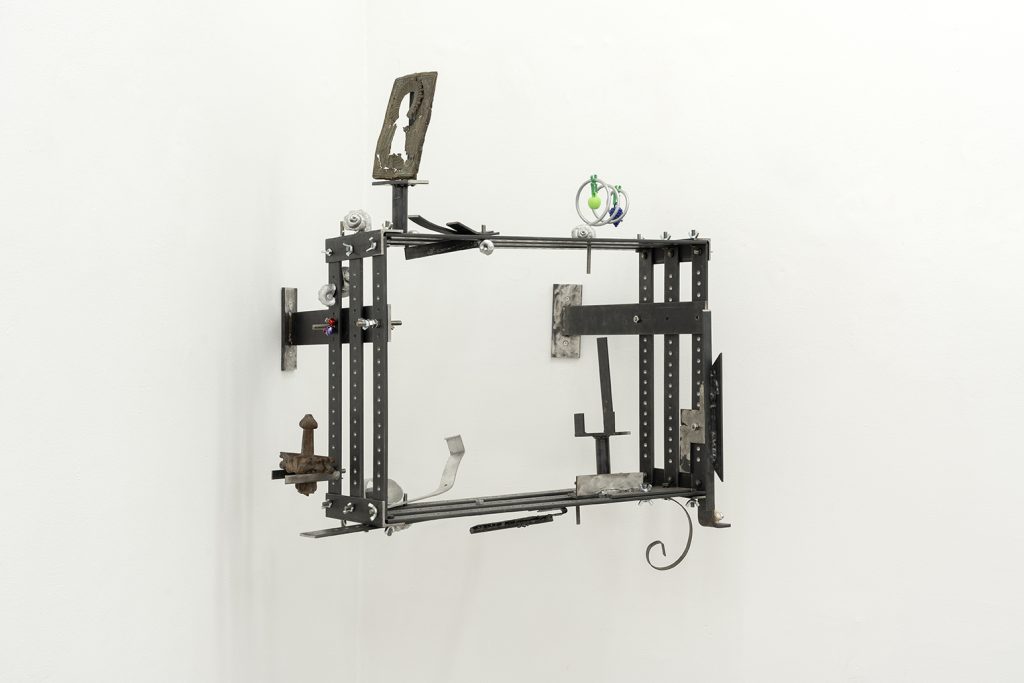
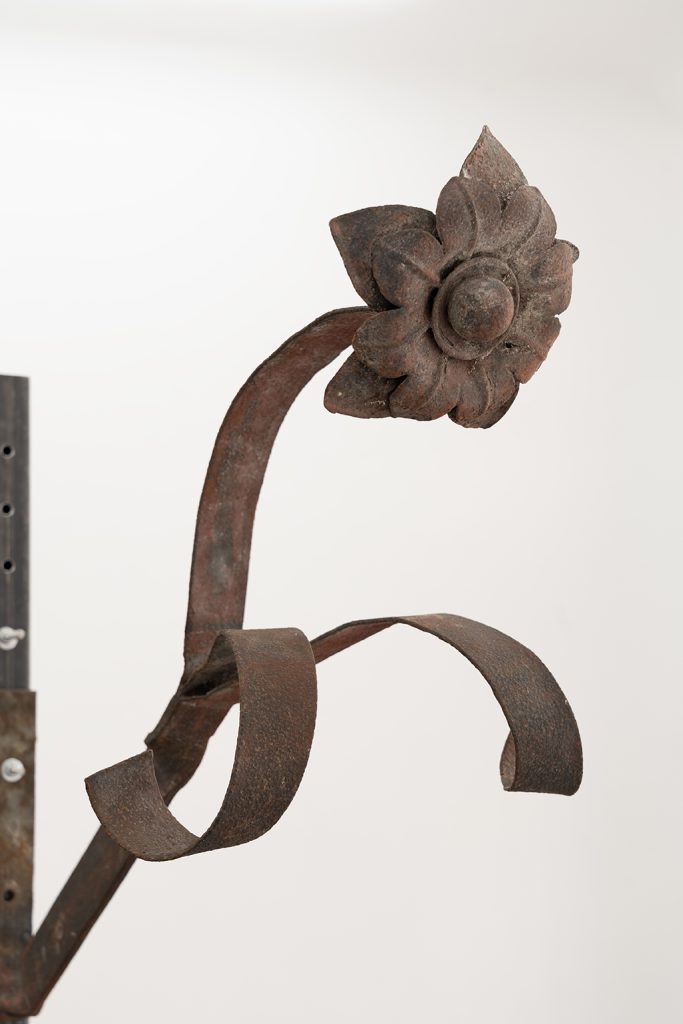
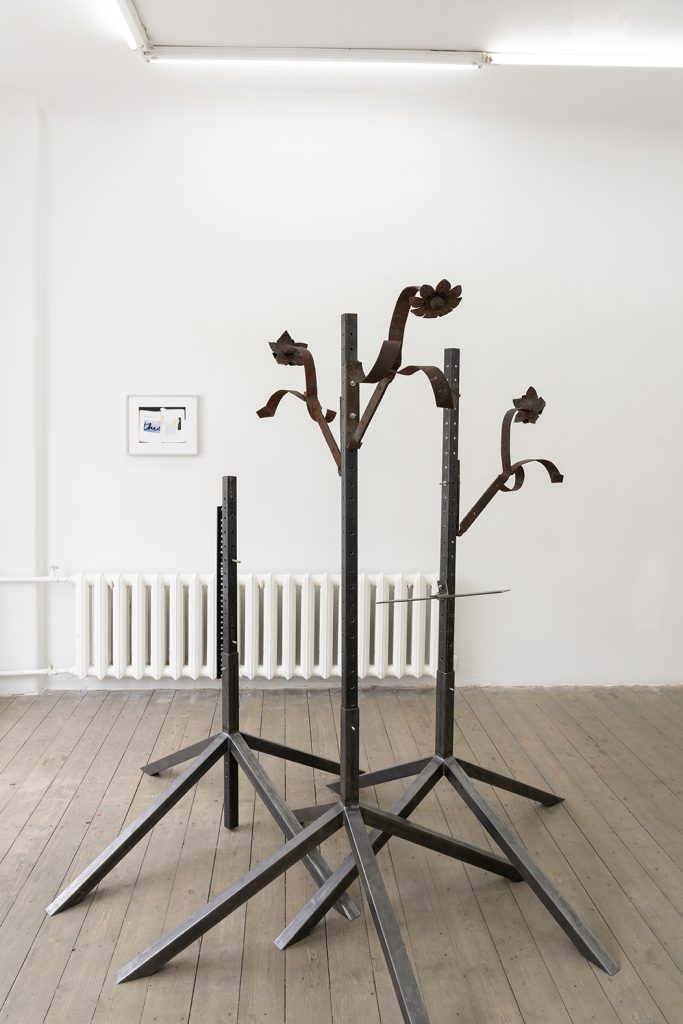
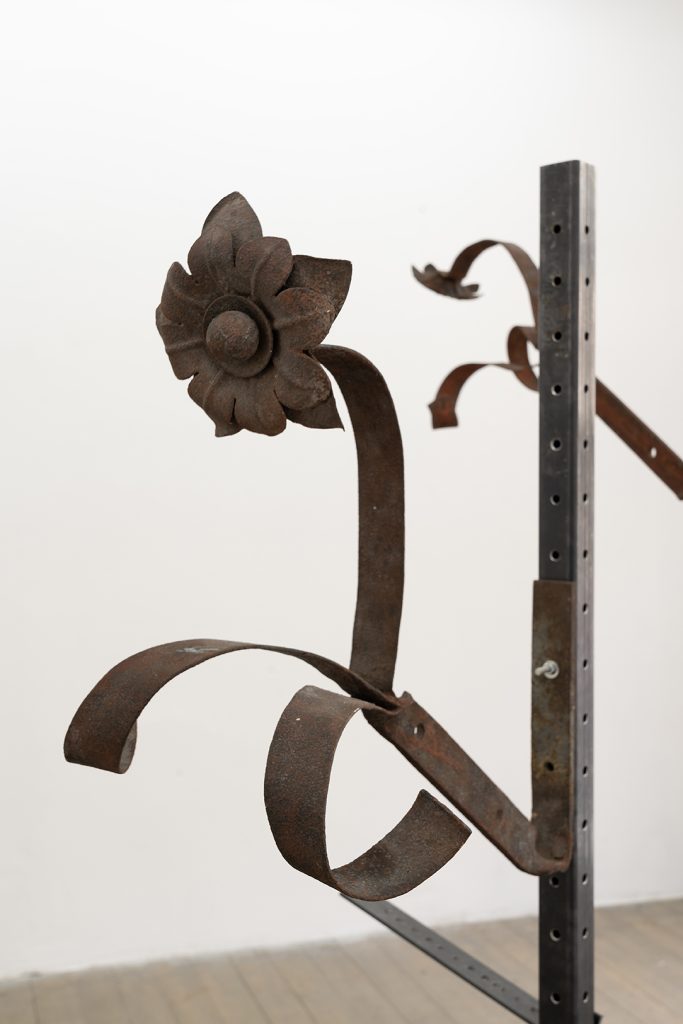
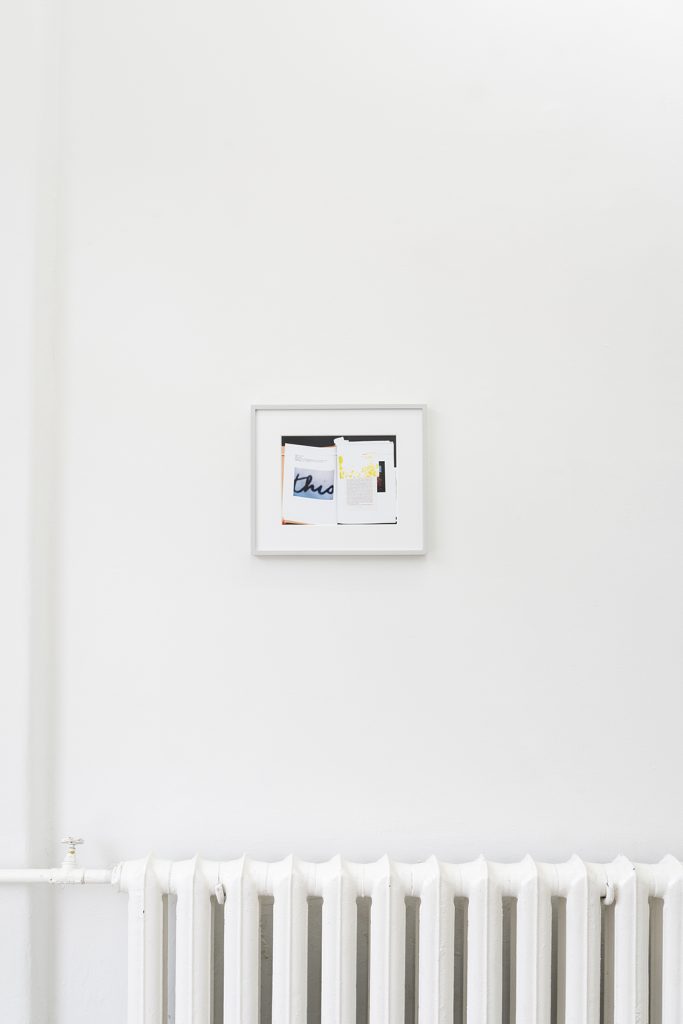
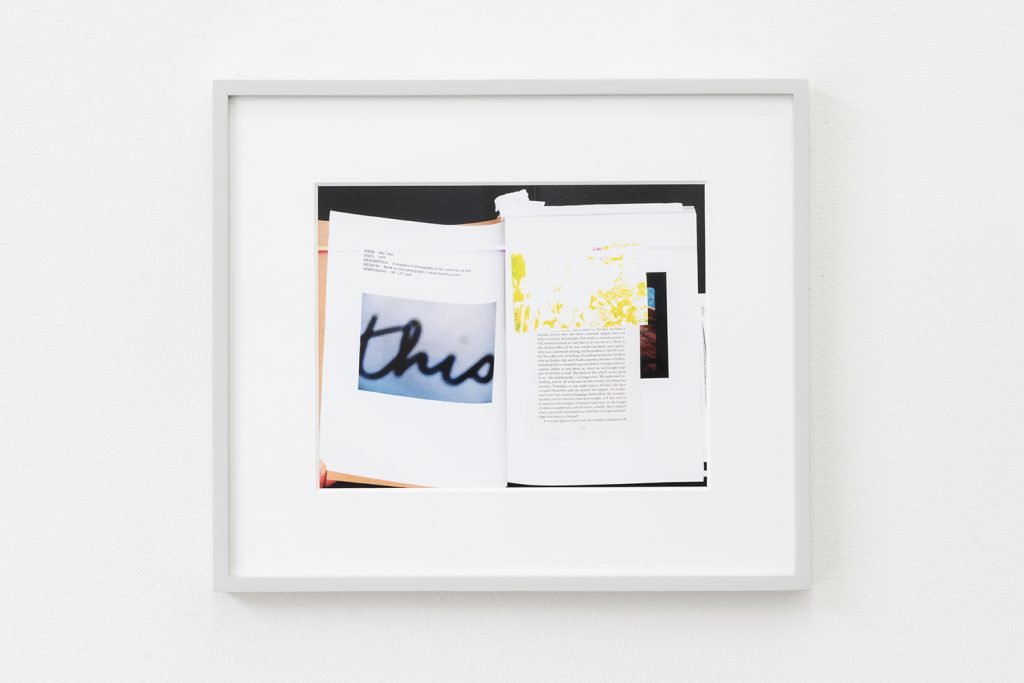
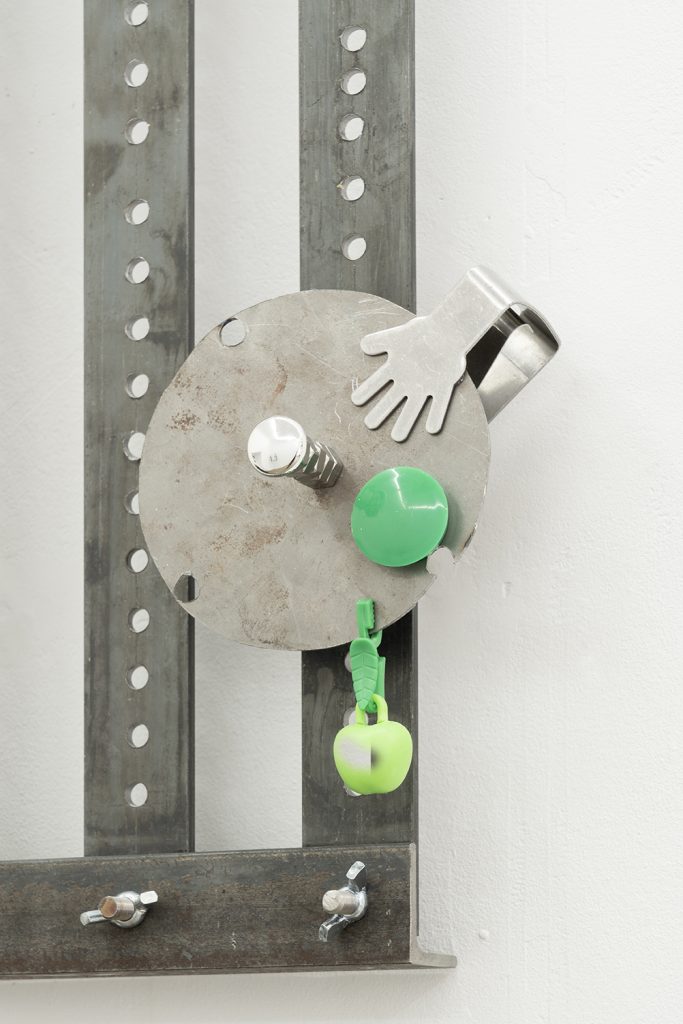
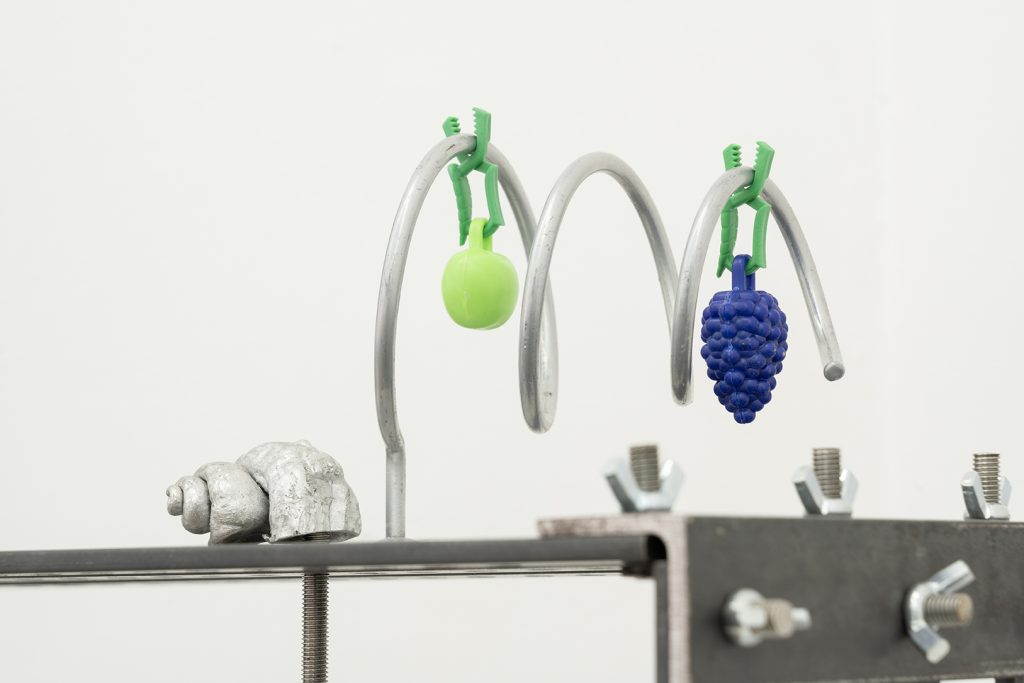
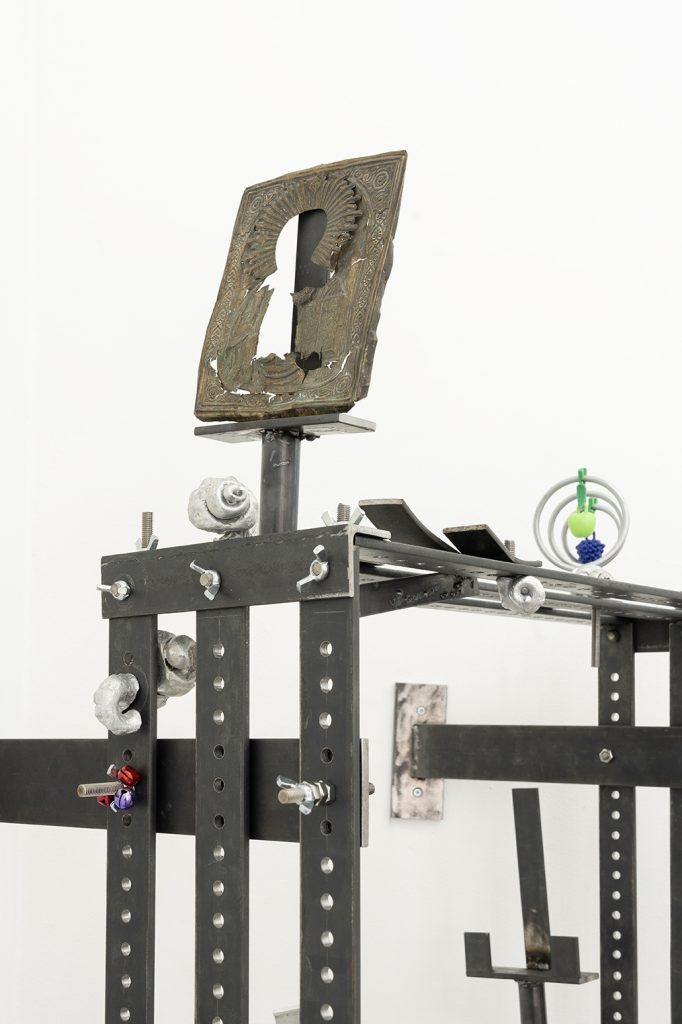
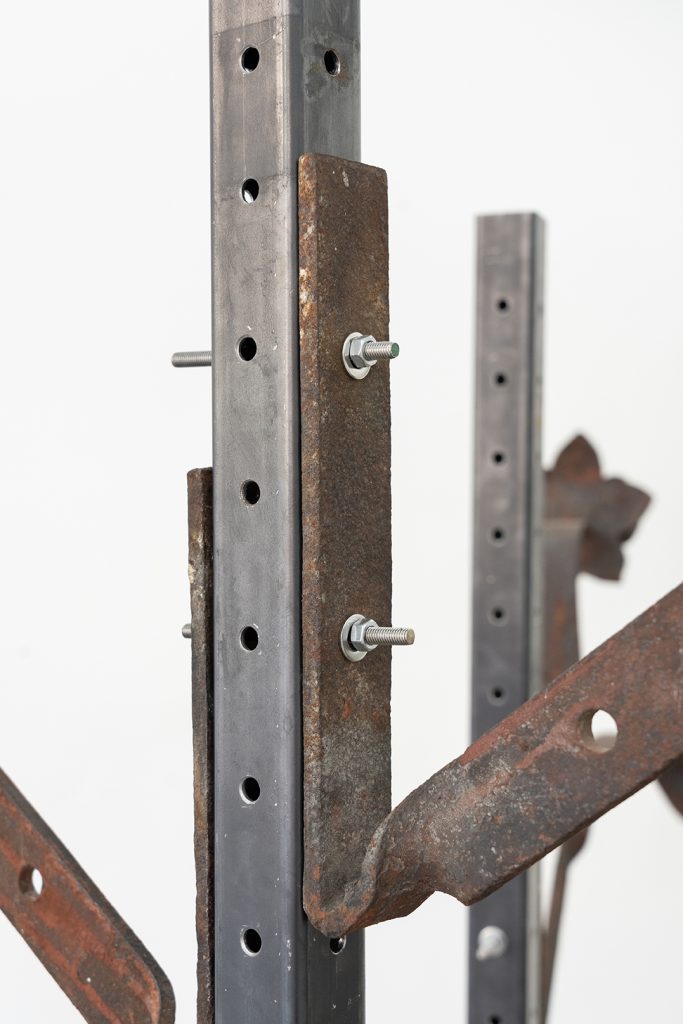
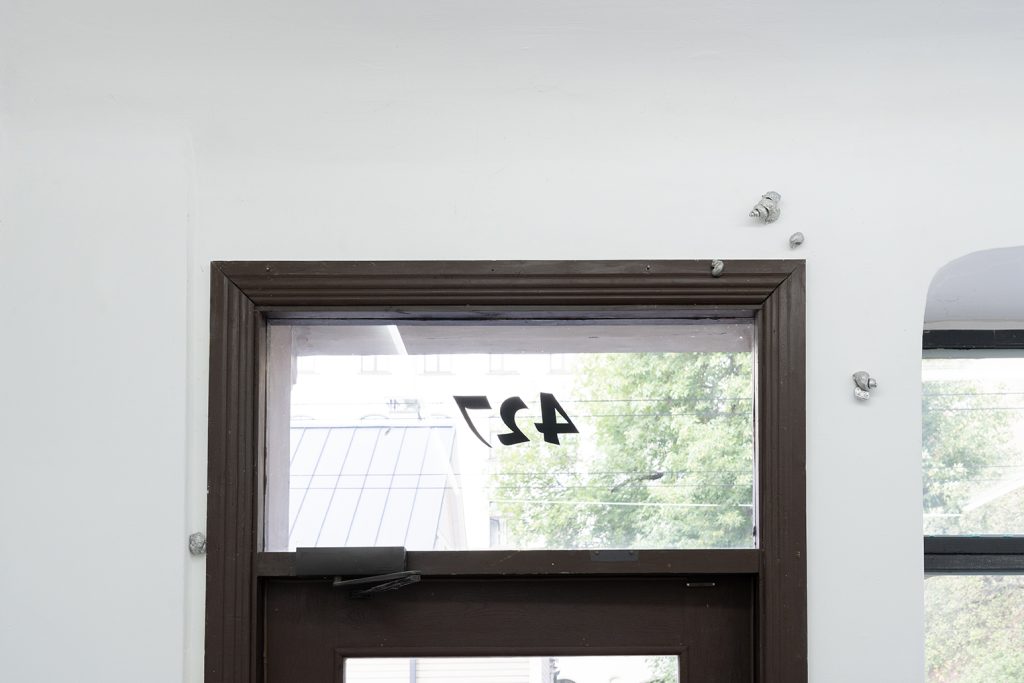
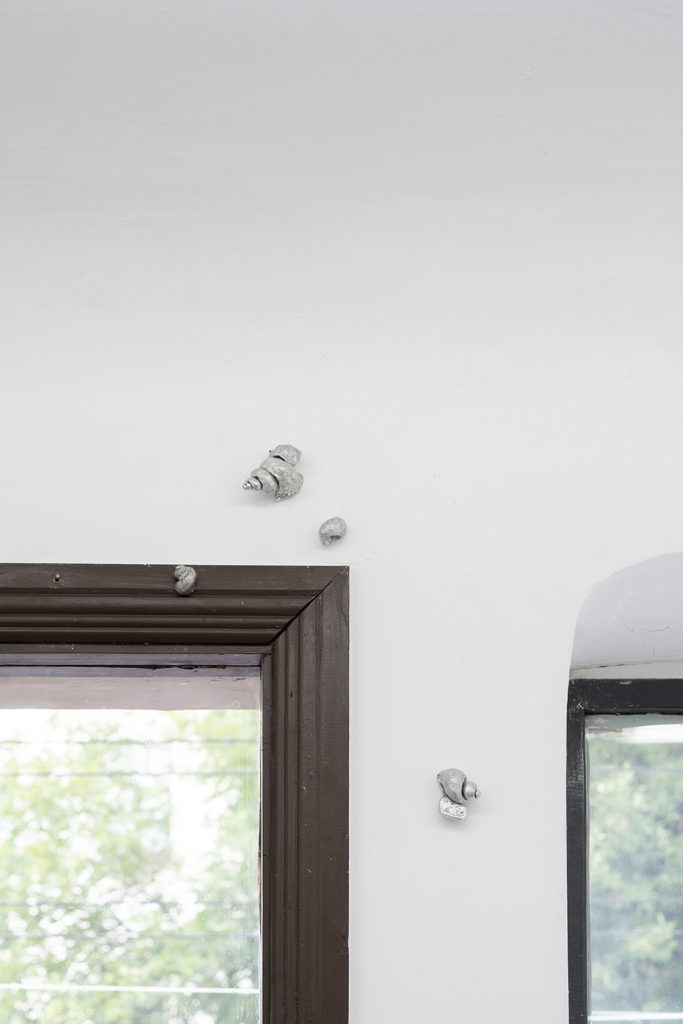
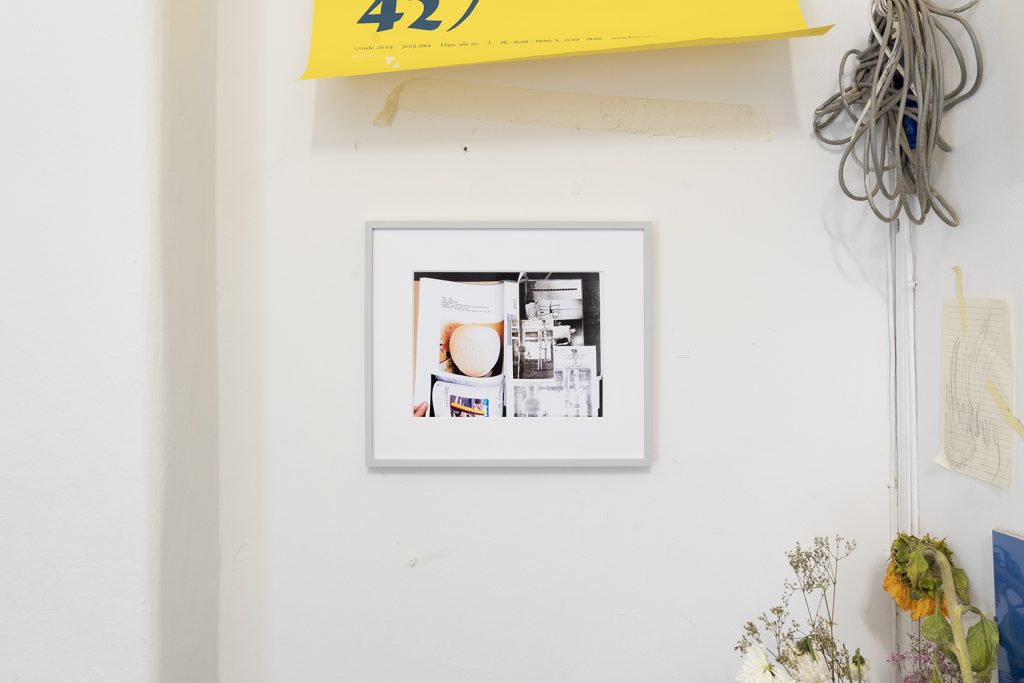

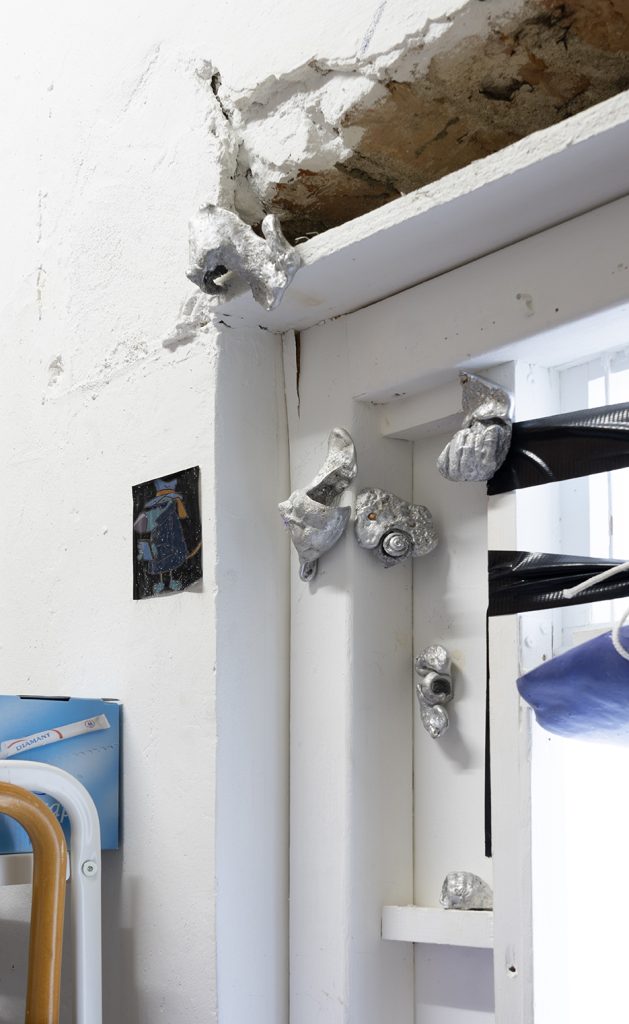
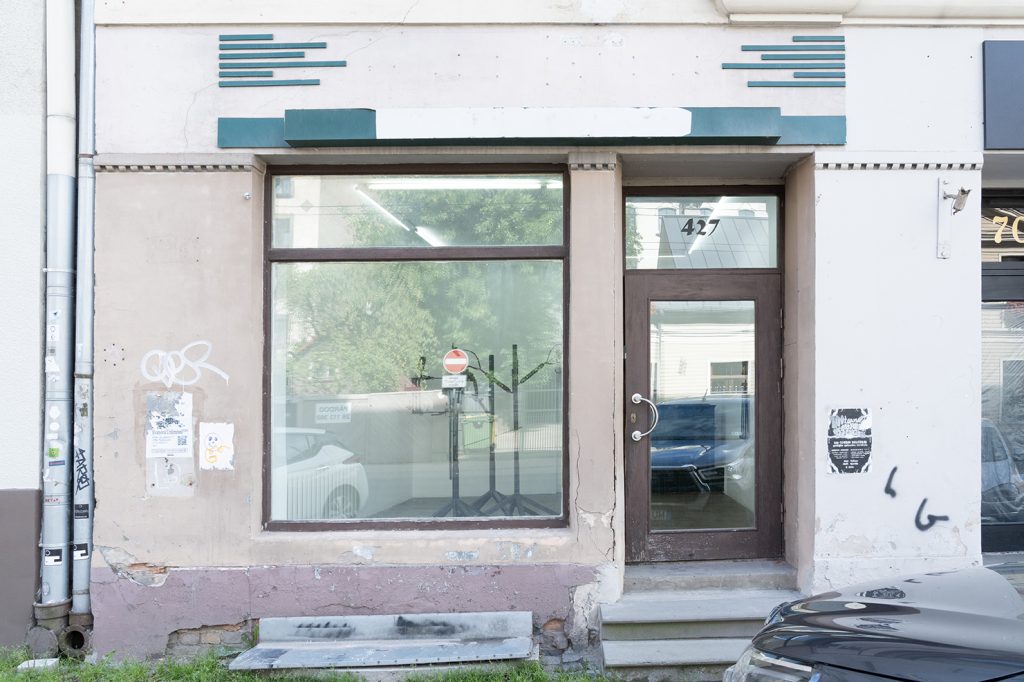
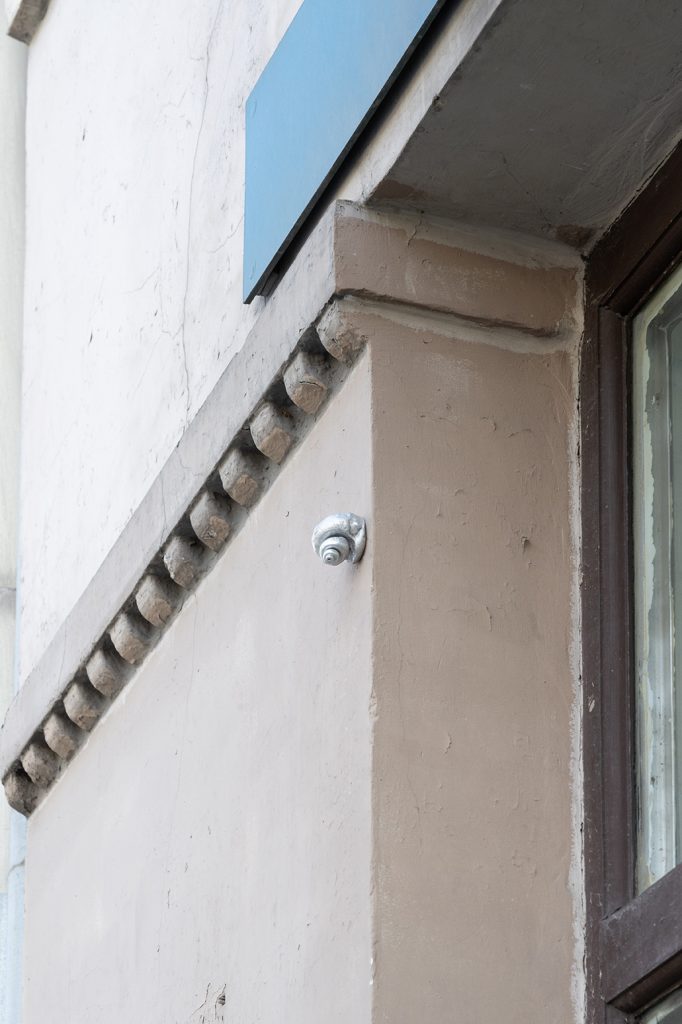
Photos: Līga Spunde
